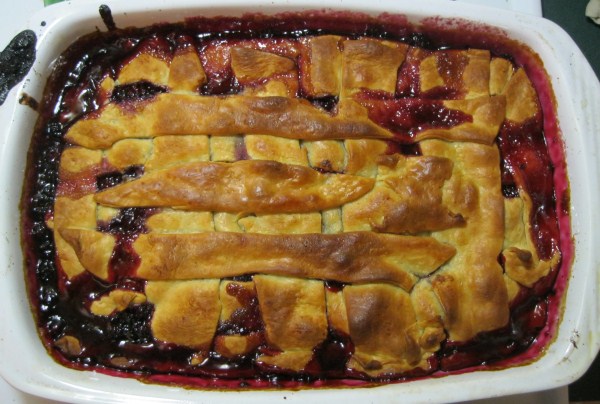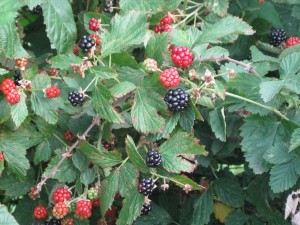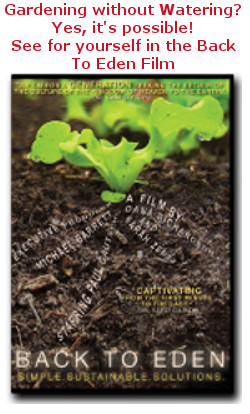Tuesday was another great day at the Christian Home Educators Fellowship (CHEF) of Missouri conference. This day we spent learning again from Wade Myers, Kevin Swanson, Dr. Paul Jehle and Chuck Bentley.
In Tuesday’s session by Wade, he wrapped up his business training by walking us through the key steps of identifying and developing an effective business model. A business model is basically a framework of a description of the customers your business serves and how you serve those customers. Wade described the five areas of a business model and some key factors to assess how effective your business model is in each area.
The five components included:
The industry you are in such as agriculture, technology, health care, etc. Some industries are better than others. Ideally, you want to participate in growing industries or segments of industries that are growing.
The financial structure of your model including items such as total investment required, fixed asset investment, cash-to-cash cycle (faster is better), breakeven timing, gross margin ranges and earnings multiple ranges…some pretty technical business stuff in this part of the presentation.
The operational risk of your model considering risks such as labor pool availability, intellectual property challenges, the repeatability of your business to generate residual revenue versus always having to recreate the delivery process as in custom work, and scalability. In agriculture, we have a lot of operational risk due to reliance on weather, challenges with maintaining animal health and pests and predators. Wade really likes non-custom software operations due to their high repeatability factor.
The product or service aspects of your model. Can you easily identify the unmet needs of your customer? Do you have a long development time frame? Can you automate routine tasks? How does your quality, service and price compare relative to your competition. Is your product perishable? Answers to these question can either increase or decrease risk in your offering. In agriculture, our perishable product offering increases risk significantly, for example.
And finally, the Customer aspect of you model. Do you know when your customer buys? What is your sales channel (i.e. farmers markets, web, distributors, etc.)? Are there other substitute products that compete with your offering? How easily do you have access to the decision makers who will buy your product? How long is the sales cycle of your model?
Over the two days of the conference, Wade gave our whole family some excellent training as we seek to grow and develop small business ventures from our country homestead. If you would like to know more about resources provided by Wade and his team, I recommend you become a member of New Venture Lab.
If you check out his site, let me know what you think by posting comments here.
 This past week after several days of 100 plus heat and drought we awoke Saturday morning to find one of our new pigs dead. This was a tough sight for our kids to see as they had grown fond of the little white pig.
This past week after several days of 100 plus heat and drought we awoke Saturday morning to find one of our new pigs dead. This was a tough sight for our kids to see as they had grown fond of the little white pig.


















